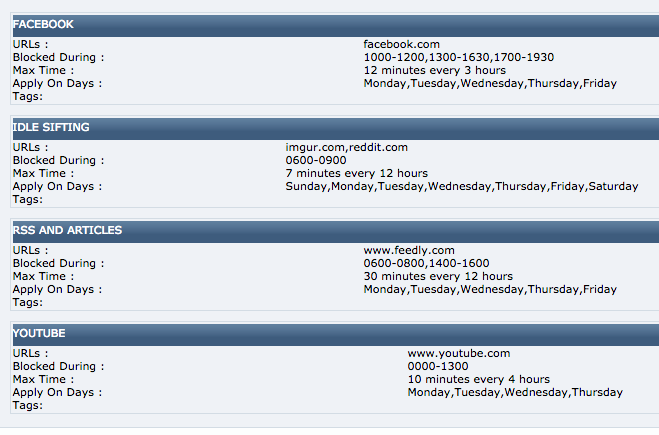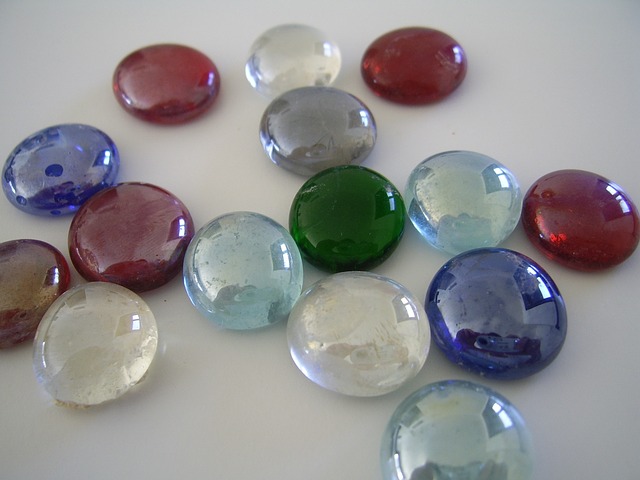How I beat my internet addiction
Without removing something completely, it’s hard to live with an addiction. But, I still need to use the internet constantly for work, creative projects, and random fanciful research binges. Often quitting an addiction means removing it’s temptation from your life forever, but unlike many other addictive substances, the internet has a great capacity for good, as long as we can control our urges.
 This post is about how I changed my relationship with the internet. It went from a lure that was always available to satiate curiosity, entertainment and avoidance behaviours (infinite opportunities for procrastination!!) to something that is an incredibly useful tool. I reduced my internet usage from averaging 7 hours a day with only 40% productivity, down to 4 hours with 80% productivity.
This post is about how I changed my relationship with the internet. It went from a lure that was always available to satiate curiosity, entertainment and avoidance behaviours (infinite opportunities for procrastination!!) to something that is an incredibly useful tool. I reduced my internet usage from averaging 7 hours a day with only 40% productivity, down to 4 hours with 80% productivity.
Established techniques
External tracking apps and blocking methods
As with changing all habits, you need to have an idea of what you want to have, and what you actually are doing. There’s many tools like LeechBlock, RescueTime, Stayfocusd and so on. These are browser plugins or desktop applications that can restrict your access to sites and give statistics as immediate feedback to observe your actions. They are methods to increase your awareness and it is super helpful to create interruptions, reminders, or obstacles that can disconnect the reflex of the habit you’re trying to break from carrying onto the actual undesirable behaviour rather than just the desire. These have been, and continue to be super helpful to keep me on track when I have crash days… but they’re also too easy to turn off sometimes.

Self-accountability website blocking settings (Leechblock for Chrome)
One alternative that I’ve had to employ is a more drastic approach of blocking sites at the root level of your computer using the hosts.txt file. If you are not used to command line manipulation of your OS, don’t go breaking things you cannot fix. I’ve had to nuke reddit and imgur in the past for a 21-day ‘break’, which was long enough to get over their alluring siren’s call. I even let a broken wireless antenna from a faulty macbook design go unfixed as a way to require physically plugging myself in every time… All these various techniques helped, but it was an underlying acceptance of the value of my behaviours that needed fixing, and not just band-aid habits to make it more inconvenient.
The new technique that increases willpower
Pre-amble; Backstory
When we were kids, my parents were concerned about our television consumption habits. Too much screen time was clearly rotting our brains. Before we had the chance to become boob-tube zombies, they found a clever motivation and reward system. We might’ve whined about it at first, but it worked wonders and I valued it even as a child. I stopped having a TV in 1999 when I moved out, and have never since owned a TV, nor do I spend much time watching TV shows or movies. My tolerance for low quality content has decreased steadily over the years, so I might just be a grumpy and voluntary luddite. My childhood concerns of not fitting in because I didn’t know what happened on Simpsons that week (it was banned in our house) eventually gave way to a freedom knowing that such a shared cultural experience wasn’t as valuable to me as learning a fascinating tidbit about science or natural history.
Poker chips bought screen time OR they increased our allowances
At the start of every month, my siblings and I would receive a ration of poker chips. In order to watch TV, we had to spend these chips, but if they were unspent by the end of the period, they would add to our allowance. Another method using poker chips applying to all screen-time and kids would be from a reward of daily behaviour quality (but, as mentioned in the article, this can be manipulated or ‘gamed’).
So, rather than just having infinite access to TV every time we turned it on became an active choice with another type of value associated with it. Being kids, our understanding of the value of time is very different from an adult. But if the choice was to watch Saved by the Bell or save up for candy or toys, we had to start weighing the value of our options.
Since LEGO, Construxt, bike-riding and running around outside with friends was still free, it’s not like we were starved for options to have fun. The system worked really well for me. My screen time immediately dropped to about half. I would still spend it on shows I loved like Golden Girls and Bravestarr (I was a weird kid). The shows that were just meh got quickly devalued and forgotten. The exceptions to the chip-costing rules were if the family was watching shows as a group, like movies or baseball. Which was also nice, in that the value of shared experience is greater than the shows observed themselves.
Adapting a Cost-Feedback System to Internet Use
How to account for useful and wasteful times
As stated, internet is a great tool that can be used for both good and evil (not like ‘poking kittens’ evil, but y’know). So, when I finally decided to adapt the poker chip system a way to distinguish categories was needed. What was the necessary time (e-mails), good uses (research for writing, work stuff, music digging) and bad uses (mindless timeline browsing, funny pictures, news articles without moderation)?
Instead of using poker chips, I had a bunch of glass beads left over from my Magic the Gathering days of different colours (I played a Thallid deck for the satisfaction of an ever-growing army). Each bead represented a different category, but the same amount of time. As I went through a day, I kept them close at hand on my desk and moved them between little containers as I spent them. At the beginning I did not ration myself. RescueTime showed me that there was a lot of variation in my internet uses between days, weeks and months.
 The beads gave me an immediate physical feedback of my choices, as well as a visual reminder throughout the day. I could still make the choice at any time to spend a red bead to get some free time on ‘goofing off’ activities. But if I was accumulating many for that day, I had to start asking myself if I:
The beads gave me an immediate physical feedback of my choices, as well as a visual reminder throughout the day. I could still make the choice at any time to spend a red bead to get some free time on ‘goofing off’ activities. But if I was accumulating many for that day, I had to start asking myself if I:
- wanted to feel guilty about it
- wanted to try and ignore what I was doing and not use the system…
- genuinely needed a day with more breaks
- had something that was causing avoidance behaviours that would be better solved by something other than webcomics
- would rather spend a green bead on something related to my goals & ToDos
- or needed to get away from the computer for a while
At the end of every day, I could pour out the containers, count the beads of different colours and judge how well I did. I’ve been conducting quantified self experiments for the past two years, so this data was quickly incorporated into graphs and correlated with other metrics in my life. While it was hard to convince myself to do it some days, it quickly showed it’s value as a technique.
Again, this was another method of interrupting the cue of the emotional ‘want to do something on the internet to give myself some temporary satisfaction’ from the reward of doing it. The extra pause gave me time for thoughts to reflect on whether I was acting authentically, or just to be more aware of how I was feeling at that moment.
Have I beat the internet addiction?
The battle is still not over. But now the tools are directly linked to my beliefs and self-valuations so I don’t have to resort to last-ditch and cold turkey practices. Being honest and gentle with myself has done much more to help me move towards the habits and actions that I truly believe in and embrace. Moreso than beating myself up over not being what I want to be ever has. Self-compassion, self-awareness and mindful action has created positive feedback loops in my behaviour, allowing continual progress that aligns with my core beliefs.
If this system works for you, or you have a related system, I’d love to hear from you in the comments.
